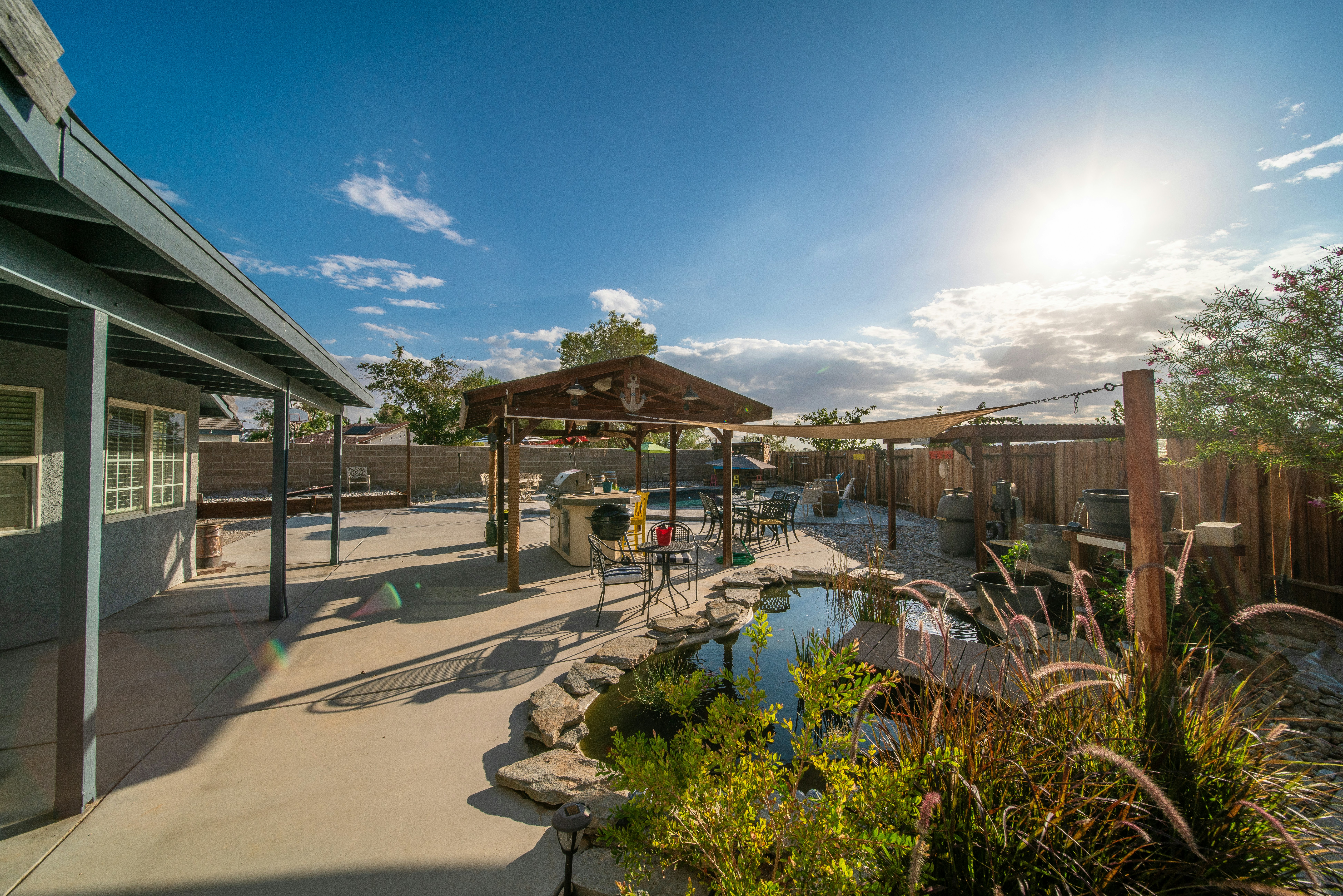"Transforming Your Home with Multifunctional Spaces: The Future of Home Design"
Introduction: Imagine a home where every room has a purpose—each space designed to meet your lifestyle needs both now and in the future. In this article, we delve into the emerging concept of multifunctional spaces, a home design trend that is reshaping how we live and interact within our homes.

The Genesis of Multifunctional Spaces
The concept of multifunctional spaces isn’t new. Historically, homes were designed with multipurpose rooms to accommodate the everyday life of families. Think of the traditional farmhouse kitchen, where meals were prepared, clothes were mended, and family meetings were held. However, the proliferation of multifunctional spaces in modern homes is a response to changing lifestyles, housing affordability, and the recent shift towards remote work.
Current Design Trends and Expert Insights
As urban homes become more compact, the need for spaces that can adapt to various functions is on the rise. Today’s homeowners are seeking out innovative ways to maximize their living space, and the design industry is responding with creative solutions. From transforming furniture to innovative storage solutions, the trend is towards creating homes that are not just beautiful, but also highly functional and adaptable.
Practicality and Market Trends of Multifunctional Spaces
Multifunctional spaces offer a practical solution for today’s changing living conditions. They allow homeowners to adapt their living environment to their needs, whether that’s creating a home office, a workout space, or a homeschooling area. The market for multifunctional furniture and interior elements is booming, with more and more companies offering innovative solutions that cater to this trend.
Enhancing Daily Living with Multifunctional Spaces
Multifunctional spaces aren’t just about maximizing square footage—they’re also about enhancing the quality of life. These versatile spaces can accommodate the evolving needs of families, making homes more livable and enjoyable. From creating dedicated areas for hobbies to accommodating guests without a spare room, multifunctional spaces can significantly improve the functionality of a home.
The Research Behind Multifunctional Spaces
The rise of multifunctional spaces is backed by research indicating the changing needs of homeowners. Studies show that people are spending more time at home and require spaces that can adapt to various activities. Moreover, the increased focus on sustainability is driving the need for smart home designs that reduce waste and encourage efficient use of space.
In conclusion, multifunctional spaces represent a significant trend in home design. They reflect our changing lifestyles and the need for homes that are adaptable, functional, and sustainable. By embracing this trend, homeowners can create a living environment that meets their needs today and in the future.




